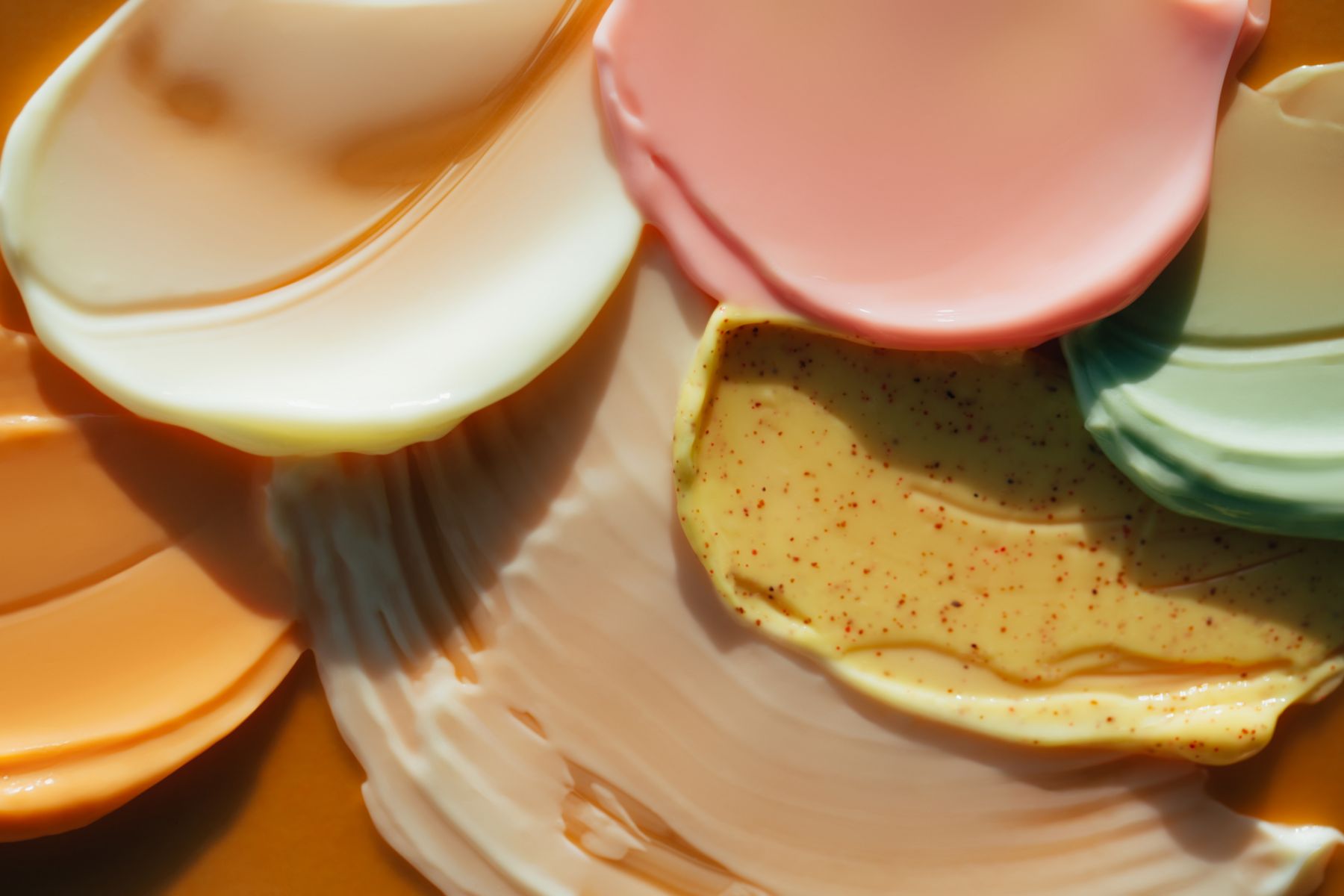Getting a facial at the spa is ideal, but sometimes you need a quick fix at home and this method will target multiple skin concerns while getting the most out of your products
Face masks can do wonders if you need to target different skin issues, whether it’s blemishes, dullness or dryness. Used once or twice a week (depending on product instructions) masks can help to improve one’s complexion overall, but sometimes it’s not enough—and that can be solved with this trick.
See more: This Face Mask Is Made Out Of White Truffle—And Tate Will Be Launching A Pastry Set To Celebrate
To improve the effectiveness of your face masks, layer three different types one after another. That’s it.
The face mask equation is simple: 1) exfoliate, 2) deep cleanse and 3) hydrate. This method mimics professional spa facials, which involve a variety of cleansing and face masking steps needed for soft and glowing skin. You can achieve a similar effect at home, and we’ll break it down for you.
1. Exfoliate
This first step is essential to prepare your skin. A chemically exfoliating mask will dissolve the top layer of skin, including any dead skin cells, to leave a smooth base that will allow the other face masks to penetrate skin properly. There are different types of acids (alpha hydroxy acids like glycolic or lactic acid) and enzymes (papaya, pineapple and pumpkin are common) that will exfoliate skin at different intensities.
Tatler tip: Make sure to patch test before using this type of mask as they are only supposed to cause mild irritation, not major discomfort, and don’t leave them on for longer than recommended.
See more: Dr. Barbara Sturm Shares Tips On How To Exfoliate Your Face For Glowing Skin









